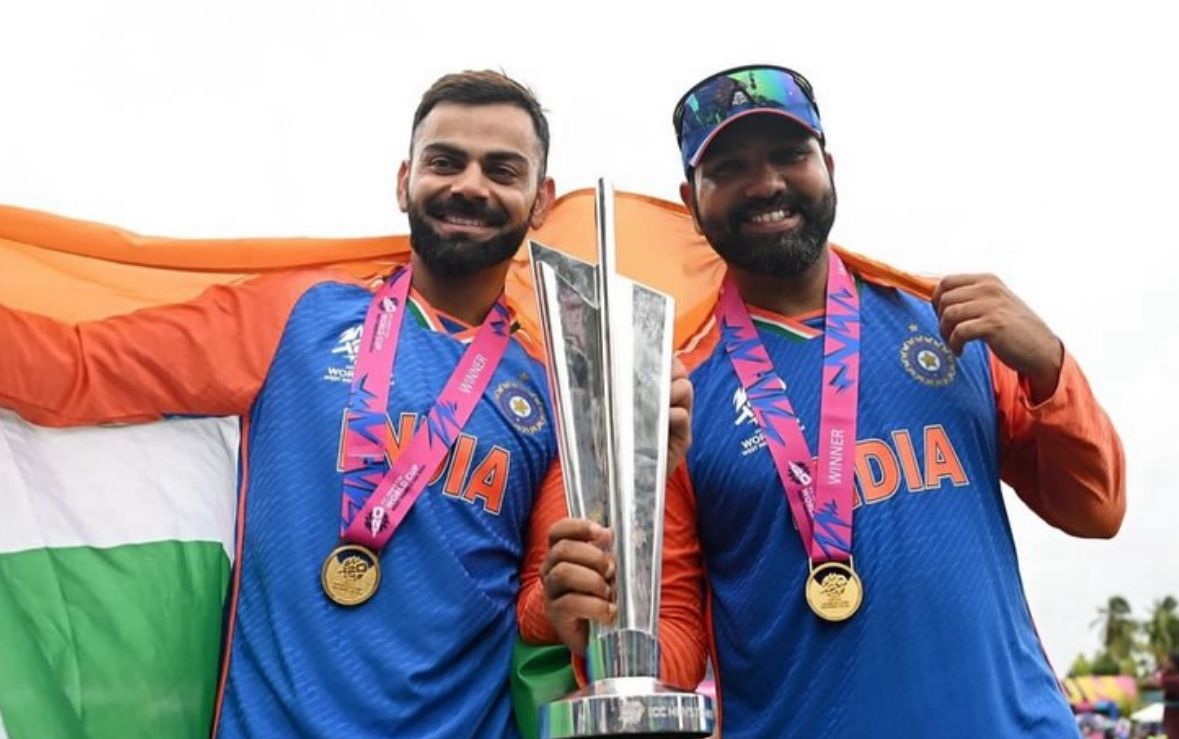
When Rohit Sharma and Virat Kohli land in Australia for the ODI series, they don’t just add depth to the batting order …they redefine the marketing equation. For broadcasters, a bilateral series is not just a cricketing product but a brand event that must find its audience, shape its story, and justify every second of screen time. The creative hook, therefore, is not random; it’s a function of who you’re speaking to, what you want them to do, and what the property stands for.
Cricket campaigns succeed when they know their audience tiers. The core audience – the die-hard fans tune in regardless of who plays. The medium layer …those who watch most India games will likely come anyway. The light viewers, however, are the swing voters. They decide the reach numbers, social chatter, and advertiser enthusiasm.
As one senior professional from the broadcaster put it, “Since we were looking at light viewers to make the differential numbers given that core and medium audiences normally tune in for ODIs, the return of Rohit and Kohli seemed like a bigger narrative to draw them in. Our social media distillery also showed a massive amount of chatter around these two legends.”
That quote encapsulates the logic behind choosing the creative anchor. It’s not about who’s newest or trendiest; it’s about who moves the audience needle. Rohit and Kohli aren’t just cricketers; they’re cultural reference points, capable of pulling even casual fans into the fold through familiarity, nostalgia, and aura.
The broadcaster’s marketing objective defines tone and structure. A tune-in objective driving reach and appointment viewing demands emotional, cinematic storytelling. Think of Star Sports’ “Believe in Blue” or Sky Sports’ “It Can Only Be an Ashes Summer.” These campaigns evoke belonging and pride that is perfect for drawing the casual viewer into a communal experience.
On the other hand, an engagement-led objective, typically digital or OTT-first leans toward humour, challenge formats, and interactivity. Here, the creative must be shareable and snackable, keeping viewers connected even off-air.
For the India-Australia series, with Rohit and Kohli both returning, the goal skews toward mass tune-in, reviving the aura of a marquee contest. Hence, the creative needs scale, nostalgia, and star power, not subtlety.
Tournaments like the World Cup or Asia Cup have natural urgency. Bilateral series, by contrast, must manufacture stakes. That’s where narrative framing matters. The creative must turn a sequence of matches into a story – redemption arcs, rivalries renewed, or generational transitions. In this context, Rohit and Kohli symbolise continuity and excellence, helping fans locate meaning in what might otherwise feel like “just another series.”
Now, consider if the broadcaster decides to pivot and spotlight Shubman Gill – the next-generation leader and potential captain. The narrative shifts completely. The tone becomes aspirational, youthful, and future-facing. Instead of nostalgia, the campaign now sells transition …“The New Captain. The New Era.”
It’s riskier, but it captures a different energy …appealing to new fans, youth markets, and digital audiences who see Gill as the bridge between tradition and innovation. In creative terms, that could mean faster cuts, brighter colours, music that blends global beats with desi flair, and storytelling focused on ambition and renewal. The danger: alienating the loyal base that tunes in for Kohli and Rohit. The opportunity: refreshing the cricket brand for the decade ahead.
So, how does one pick which hook to dial up? Three filters usually decide: narrative timing, audience insight, and platform context. If it’s a marquee away series …go with heritage and rivalry (Rohit and Kohli). If it’s post a major tournament go with rebuild and renewal (Gill). This is a broad guideline but as one can imagine, the choice is more nuanced and is at the core of the marketing strategy of the broadcaster.
For more updates follow RevSportz